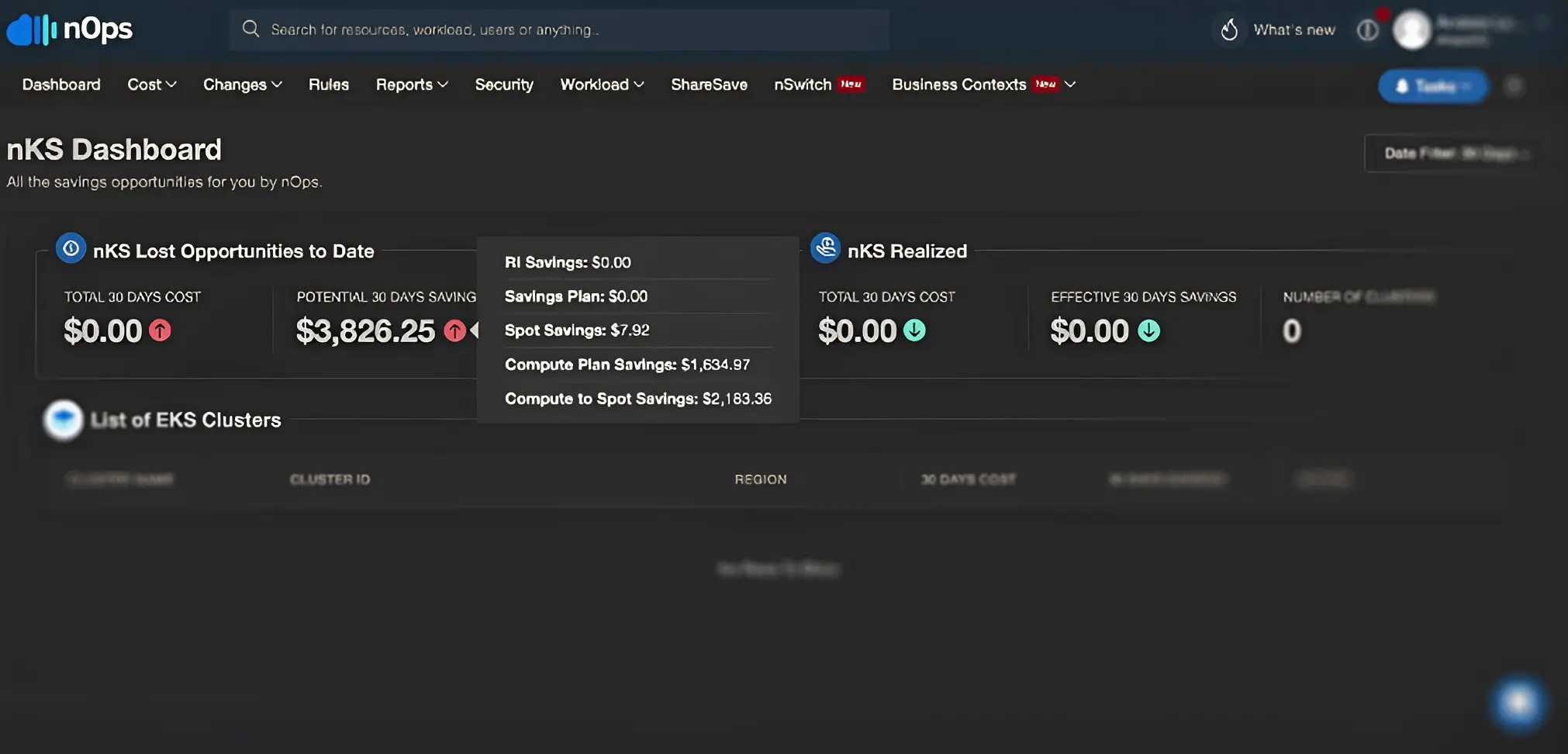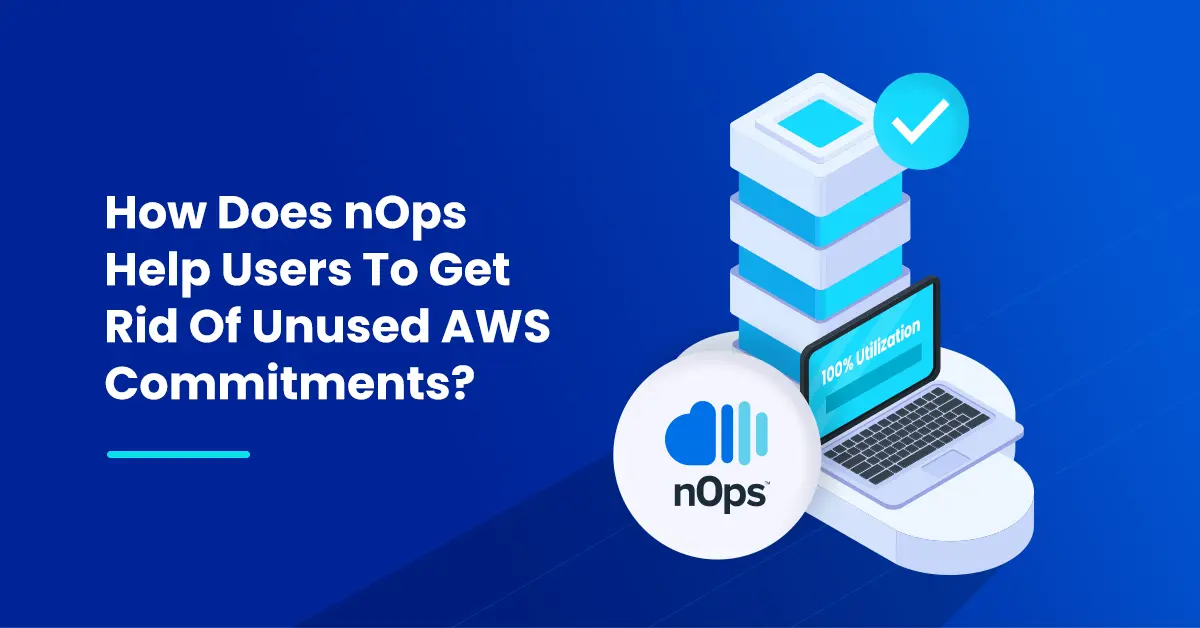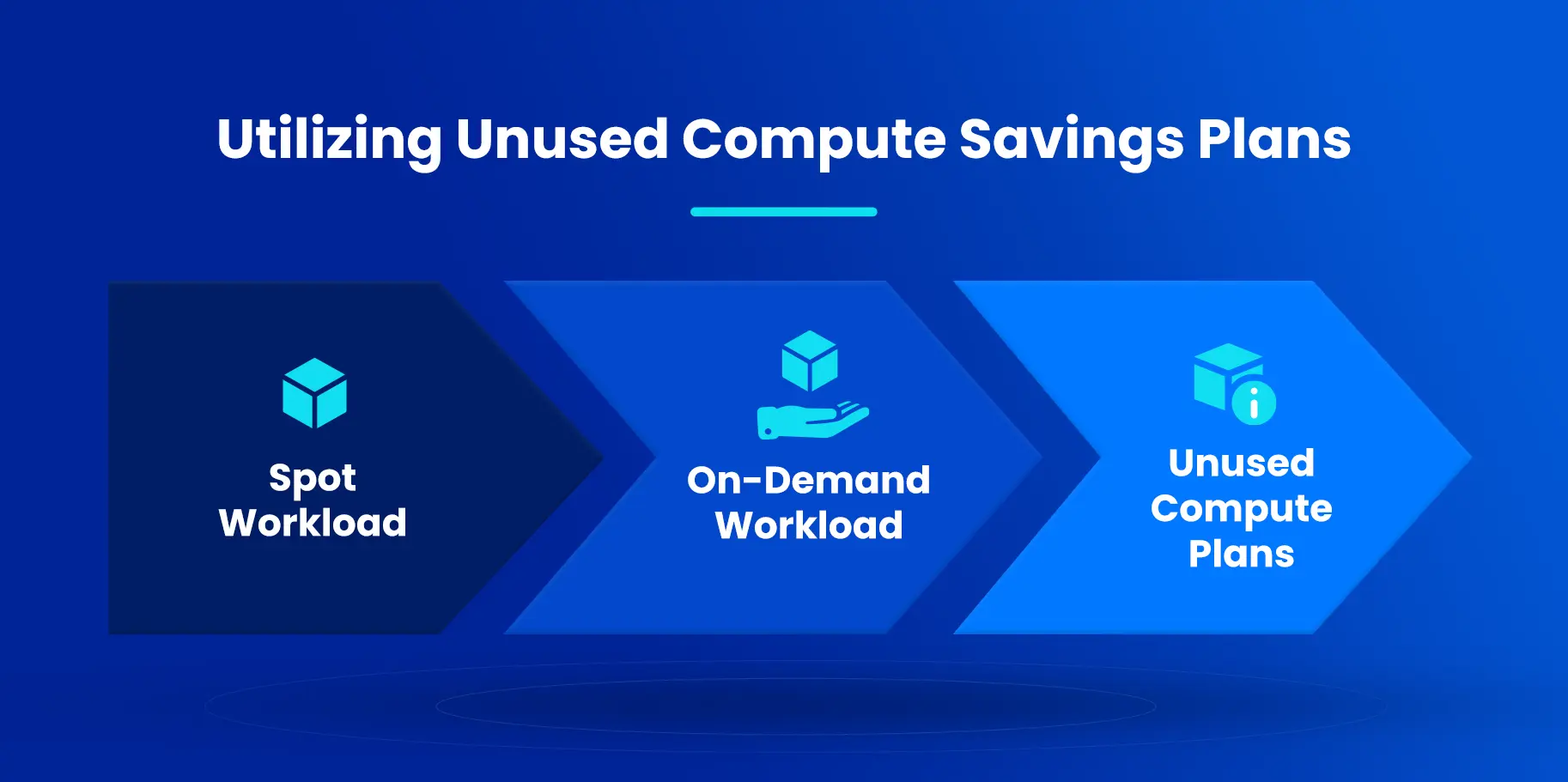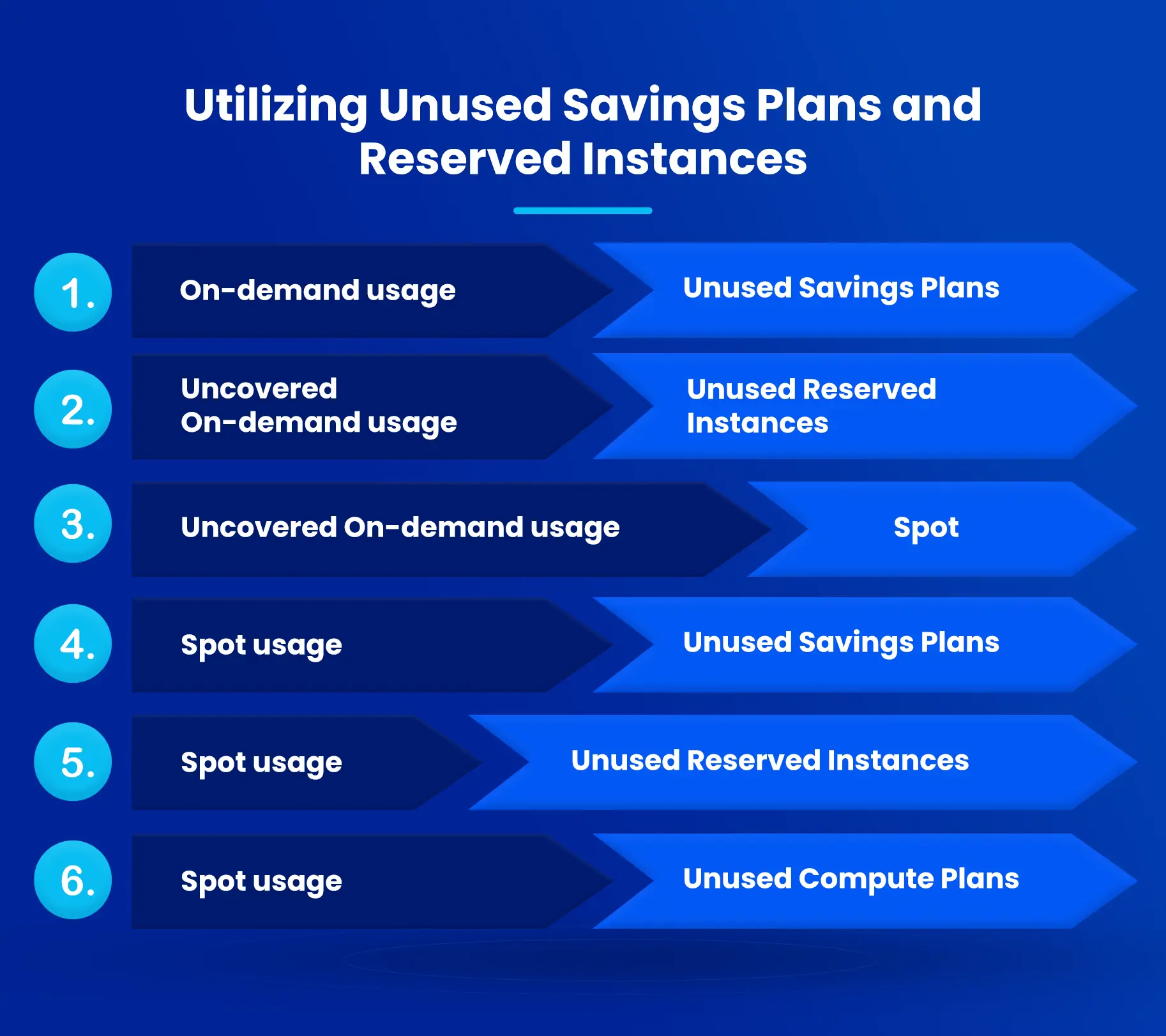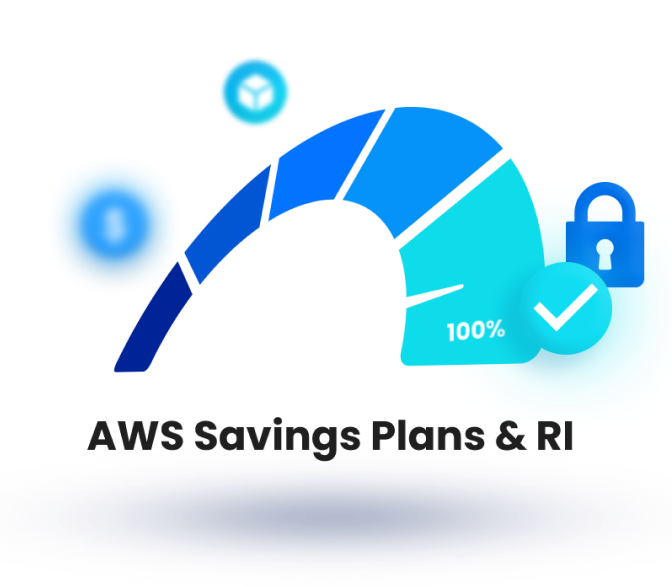- Blog
- Commitment Management
- How Can I Optimize My Unused Reserved Instances, And Savings Plans?
How Can I Optimize My Unused Reserved Instances, And Savings Plans?
Last Updated: August 16, 2024, Commitment Management
AWS, known for its flexibility, offers numerous commitment plans like EC2 Savings Plans, Reserved Instances, and Compute Savings Plans. Each one of these offer significant discounts in comparison to on-demand resources. However, with such saving opportunities, they bring high commitments on the table. These plans require customers to make specific resource commitments for a defined period, which can range from one to three years, depending on the plan.
If not planned correctly, it’s very easy to run into a situation where you start losing money consistently rather than saving.
Because of anticipated saving opportunities, users tend to commit easily but are not able to utilize them to the utmost potential. Here is one of our customers who is losing $1,634 a month because of an unused Compute Savings Plan.
Well, that is just a single case.
This blog will explore the AWS commitment plans, the challenges of unused commitments and how nOps can help here. Read Through!
Understanding The AWS Commitment Plans:
Before elaborating what challenges do commitment plans bring, here’s a brief understanding of what advantages they offer and why AWS users tend to invest in them.
- EC2 Savings Plans: AWS Savings Plans provide customers with flexibility and cost savings by offering upto 72% off the standard On-Demand cost on a specific amount of compute usage, regardless of instance family, size, or region. In return, they require customers to commit to a specific dollar amount per hour or per month over a one- or three-year term.
- Reserved Instances: Reserved Instances (RIs) allow you to save a maximum of 75% on On-Demand Instances when purchased on an advance basis for a long-term commitment of 1-3 years of tenure to a specific instance type, region, and term length.
- Spot Instances: Spot Instances allow customers to bid on unused AWS EC2 instances, enabling them to access spare compute capacity at significantly lower costs. The cost savings can go upto 90% with spot instances. But, they come with the risk of interruption if the spot price exceeds your bid.
- Compute Savings Plans: Compute Plans, introduced by AWS, offer savings for Amazon EC2, AWS Fargate, and AWS Lambda. The cost savings can go upto 74% in exchange for committing to use a specific amount of vCPUs and memory over a one- or three-year term.
The Ultimate Guide to AWS Commitments
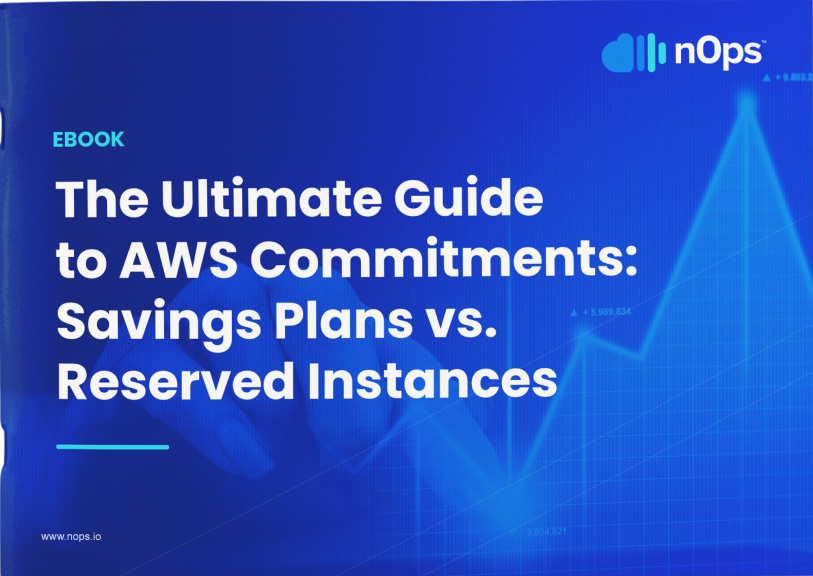
The Challenge Unused Commitments
In our years of experience with customers from different segments and industries, we have observed that 7/10 companies tend to over commit due to unexpected changes in the infrastructure.
Picture this: you are purchasing compute plans worth $70 per hour but only utilizing $60 of them. This results in burning a massive amount of $7,200 every month, amounting to $87,600 annually. Even though 86% utilization of those commitments will save you enough money in trade of on-demand usage, the unused 14% will surpass the total benefit and will result in enormous losses.
At nOps, we process about a billion dollars of cloud spend on our platform and to this date 70% of the customer challenges are related to unused commitments. That includes all types of savings plans, reserved instances and Spot as well.
How Does nOps Help Users To Get Rid Of Unused AWS Commitments?
nOps leverages the Cost & Usage Report (CUR) provided by customers to extract information about their unused commitments and analyze the data.
Let’s take some real life examples to understand this better.
- Scenario 1- Customer has Unused Compute Plans
Consider the spare compute plans graph shown by one of our customers, which reveals an average of around $11 per hour. If this pattern continues, it will lead to burning over $90,000 throughout the year.
As compute savings plans can only cover workloads other than the spot market, having unused compute plans means that the user doesn’t have enough usage for optimum consumption. But, in the modern day tech stack it’s very common to have EKS clusters running primarily on the spot market. And hence, compute savings plans’ eligible workloads shrink in numbers.
However, it is very important to note that Spot workloads are the only usage that has potential to be transferred to On-demand to be picked up by unused Compute savings Plans. And that is a magic that most people do not take into consideration while planning for optimization. nOps intelligently detects how many unused compute savings plans you have and then if any spot usage can be transferred, we transition to on-demand so that it can be covered by the unused compute savings plans.
- Scenario 2: Customer has both Unused Savings Plans and Reserved Instances
Since payments for savings plans and reserved instances have already been made, it makes financial sense to prioritize the utilization of these pre-committed resources. So, we recommend our clients to leverage their unused savings plans & RIs by shifting from on-demand and spot instances.
Our first recommendation is to utilize unused savings plans by covering transferable on-demand usage. It is important to note that not every usage can be transferred to meet unused savings plans requirements, such as region or instance_family. The next step is to utilize unused reserved instances (RI) by covering transferable on-demand usage. If there is still uncovered on-demand usage left – we recommend moving it to spot.
Now we can move to covering your spot usage. First, we suggest to utilize unused savings plans (if there is any after the first recommendation) by covering transferable spot usage. Next, we suggest to utilize unused reserved instances (if there is any after the first recommendation) by covering transferable spot usage.
This approach ensures optimal utilization of resources and helps minimize unnecessary cloud costs.
Note: The above optimizations/recommendations are applied to EKS usage only (as of 27.06.2023), but in the future we may extend it to any usage.
Moreover, nOps goes beyond recommendations by automating the process. By leveraging AI capabilities, we predict the amount of unused compute plans a client will have in the upcoming update period of their Cost and Usage Report (CUR), which typically occurs every 14 to 48 hours. These predictions are continuously updated as we receive new information about the client’s usage patterns.
We strive to ensure that our predictions are smooth and stable, minimizing the frequency of workload transfers between nodes. Typically, workload transfers occur once every 24 hours, but only if there are significant changes in the predictions.
This proactive approach enables us to effectively utilize a substantial portion of the unused commitments, ranging from 40% to 95%, without constantly shifting workloads from one node to another. We employ the same predictive modeling techniques for EC2 savings plans and Reserved Instances. By prioritizing the utilization of these commitments, provided the workload requirements align, we maximize their usage before resorting to the spot and on-demand markets.
With nOps, you can transform your unused commitments into valuable assets, significantly improving your operational capabilities. By incorporating unused commitments intelligently and automatically adapting to workload changes, you can achieve greater cost optimization and peak performance.
Your team focuses on innovation, while nOps runs optimization on auto-pilot to help you track, analyze, and optimize accordingly!
Let us help you save! Sign up for nOps or Book a demo call today.



